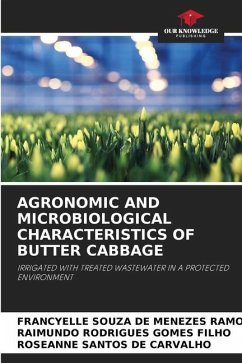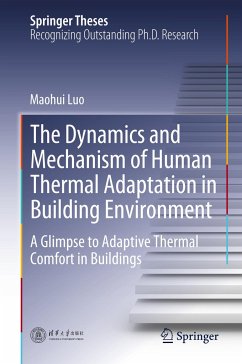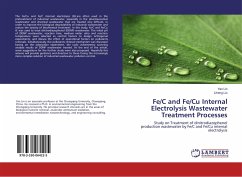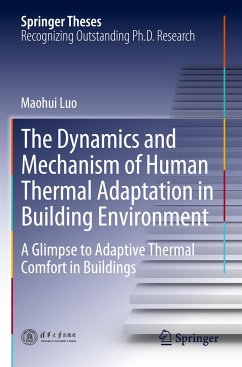
Flame Resistance Characteristics and its Influence Mechanism
Versandkostenfrei!
Erscheint vorauss. Dezember 2025
23,99 €
inkl. MwSt.

PAYBACK Punkte
12 °P sammeln!
This open access book explores the flame resistance characteristics and underlying mechanisms that contribute to explosion protection in highly active combustible media. It focuses on the flame resistance properties of wire mesh and corrugated flame-retardant systems in gas explosions, examining:· The influence of wire mesh structural parameters on flame propagation during syngas explosions· The inhibitory effect of wire mesh on jet fires caused by explosion venting· The synergistic effects of resistance and inhibition on syngas explosions· The combined impact of additive-containing water ...
This open access book explores the flame resistance characteristics and underlying mechanisms that contribute to explosion protection in highly active combustible media. It focuses on the flame resistance properties of wire mesh and corrugated flame-retardant systems in gas explosions, examining:
· The influence of wire mesh structural parameters on flame propagation during syngas explosions
· The inhibitory effect of wire mesh on jet fires caused by explosion venting
· The synergistic effects of resistance and inhibition on syngas explosions
· The combined impact of additive-containing water mist and flame-retardant systems on syngas explosion suppression
· The flame resistance characteristics of corrugated flame-retardant systems in hydrogen methane explosions, including factors affecting flame propagation, explosion pressure, and flame temperature
Notably, this book clarifies the quenching performance and multi-factor influence patterns of hydrogen crimped-ribbon flame arresters using response surface methodology. Due to the complexity of fluid dynamics involved, revealing the changes in explosion resistance behavior and impact patterns presents a significant challenge.
Understanding the morphological transformation of high-temperature flames and the pressure variation at the front and rear ends affected by flame-retardant systems offers theoretical support for uncovering the attenuation laws and explosion resistance mechanisms resulting from the coupling of flame and pressure waves within the narrow channels of corrugated flame arresters.
The significance of this book lies in its contribution to the theoretical foundation for developing computational models of explosion resistance parameters in hydrogen-related flame-retardant systems under the influence of multiple factors.
· The influence of wire mesh structural parameters on flame propagation during syngas explosions
· The inhibitory effect of wire mesh on jet fires caused by explosion venting
· The synergistic effects of resistance and inhibition on syngas explosions
· The combined impact of additive-containing water mist and flame-retardant systems on syngas explosion suppression
· The flame resistance characteristics of corrugated flame-retardant systems in hydrogen methane explosions, including factors affecting flame propagation, explosion pressure, and flame temperature
Notably, this book clarifies the quenching performance and multi-factor influence patterns of hydrogen crimped-ribbon flame arresters using response surface methodology. Due to the complexity of fluid dynamics involved, revealing the changes in explosion resistance behavior and impact patterns presents a significant challenge.
Understanding the morphological transformation of high-temperature flames and the pressure variation at the front and rear ends affected by flame-retardant systems offers theoretical support for uncovering the attenuation laws and explosion resistance mechanisms resulting from the coupling of flame and pressure waves within the narrow channels of corrugated flame arresters.
The significance of this book lies in its contribution to the theoretical foundation for developing computational models of explosion resistance parameters in hydrogen-related flame-retardant systems under the influence of multiple factors.












